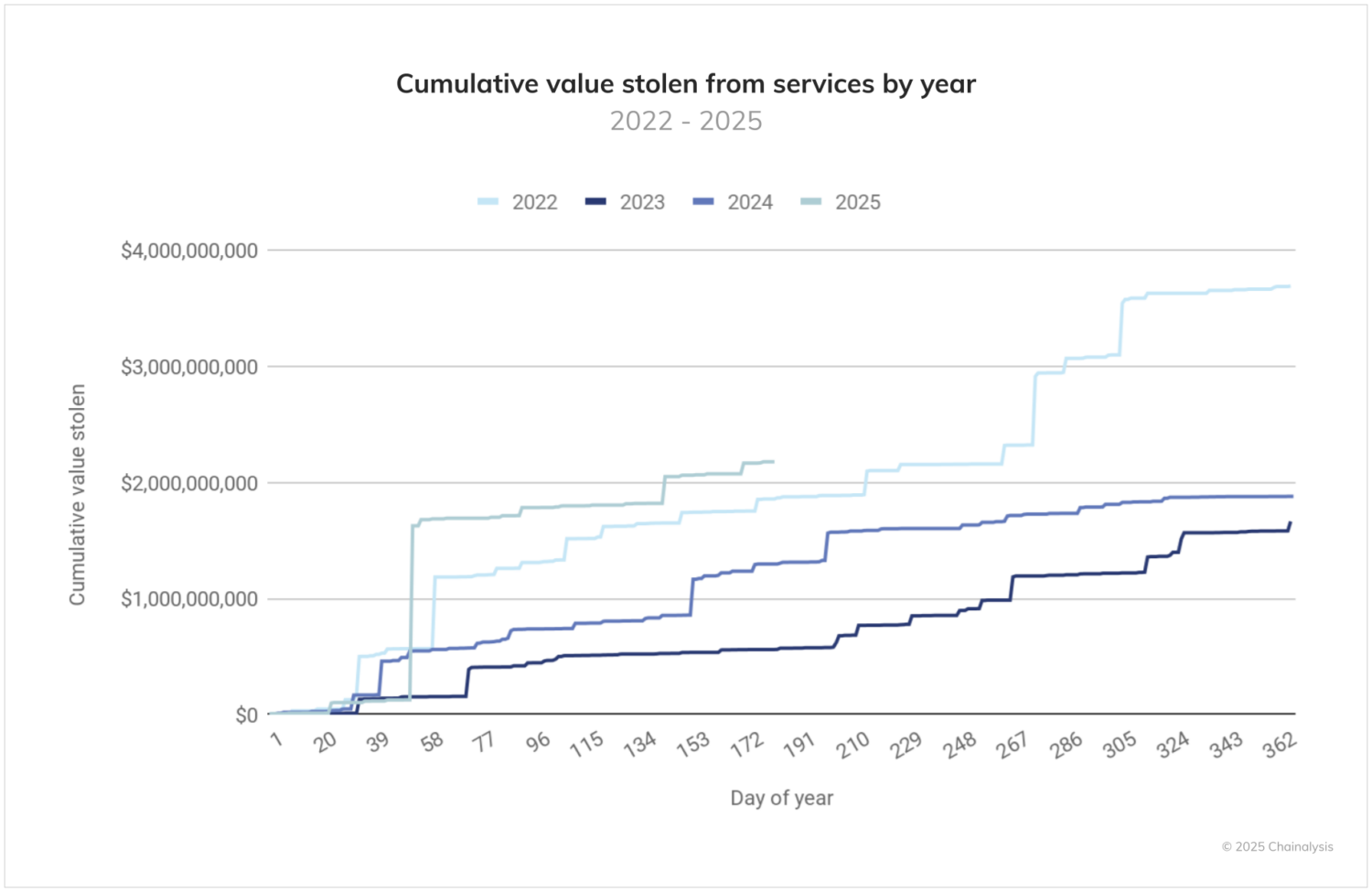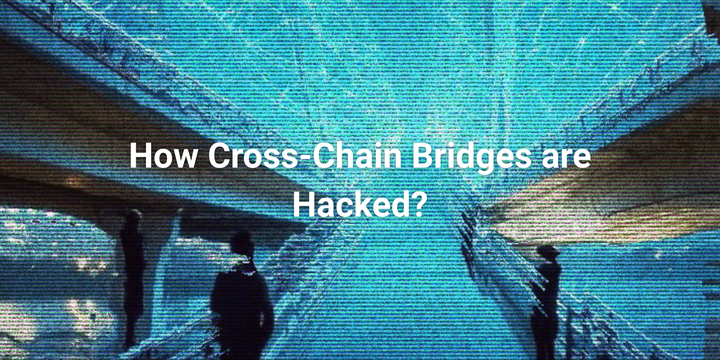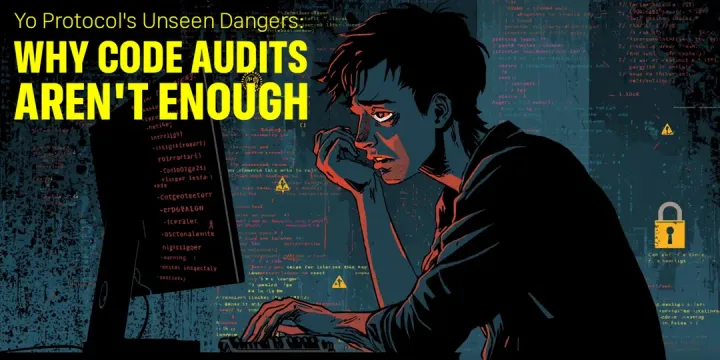Effective Crisis Management for CEXs: How to Prepare and Respond to Crypto Cyberattacks

Source: Crisis Management for CEX During a Cybersecurity Threat - CoinTelegraph
While cybersecurity defenses in crypto are advancing, centralized cryptocurrency exchanges (CEXs) still face persistent risks from cyberattacks. Even with stronger security measures, a single breach can cause massive financial losses, drive users away, and severely damage an exchange’s reputation.
Key figures highlight the scope of these attacks: Chainalysis reports that over $2.17 billion has been stolen from crypto services in 2025 alone, already exceeding all losses recorded in 2024 by mid-year.

Why Crisis Communication Matters as Much as Cyber Defense
Security teams often concentrate on technology and IT systems during a hack. However, managing the human element - users, regulators, staff, and the media - is equally critical.
Mistakes like delayed or unclear communication can amplify panic and trigger stricter regulatory scrutiny, which may harm the exchange beyond the initial incident.
A recent Cointelegraph analysis of multiple CEX hacks reveals a gap: many exchanges lack a coordinated communication strategy to keep all parties informed clearly and promptly.
Dan Kuzner, Senior Consulting Manager at Formula, underscores this point:
“What you say and how you say it matter just as much as your technical response.”
Building a Crisis Management Framework for CEXs
Developing a robust security incident response plan involves several focused steps:
- Evaluate your current process: Identify who leads communication in a cybersecurity event. Are escalation paths clear? Can your team quickly pick out and prioritize key stakeholders?
- Conduct risk assessments: Early detection of communication gaps prevents confusion during real incidents.
- Run tabletop simulations: Practice responding to a mock breach to expose weaknesses and improve team coordination under pressure.
When a breach occurs:
- Set up a centralized crisis command center to handle all outgoing messages.
- Collaborate closely with legal, compliance, PR, and customer support teams.
- Provide fast, accurate user updates without speculation-stick to verified facts.
Once the immediate danger passes, shift focus to recovery by:
- Keeping users informed about progress and new security measures.
- Publishing a detailed post-mortem when appropriate to demonstrate transparency.
Preparation: The Best Defense for Trust and Compliance
According to Jenny Ryan, Senior Marketing Specialist at Formula:
“Exchanges that prepare ahead create simple, actionable playbooks and train their teams regularly. They treat communication as a strategic priority, not an afterthought.”
Kate Zems, Head of Formula, adds:
“Effective crisis management begins well before an incident - through planning, training, and clear communication. Those who prepare early recover faster and maintain user trust.”
Practical Takeaways to Strengthen Your Exchange’s Security Response
- You don’t need perfection-just a tested plan: Regular rehearsals can help your team act decisively and confidently.
- Make crisis response a company-wide effort: Security, legal, communications, leadership, and support teams must all know their roles beforehand.
- Simulate incidents through tabletop exercises: Identify potential bottlenecks and miscommunications in a risk-free environment.
- Use communication strategically: Transparent and frequent updates help preserve trust and satisfy regulators. Silence or vague messaging tends to worsen the situation.
- Invest in preparation to minimize future losses: Time spent planning now prevents costly mistakes later.
Next Steps for Exchanges
- Map out your current incident response and communication workflows.
- Identify gaps and potential bottlenecks.
- Schedule regular simulation exercises with your team.
- Consider partnering with experienced advisors who have navigated similar high-stakes events.
With the right preparation, CEX teams can swiftly manage cybersecurity threats, communicate clearly with users and regulators, and protect their platform’s reputation.


